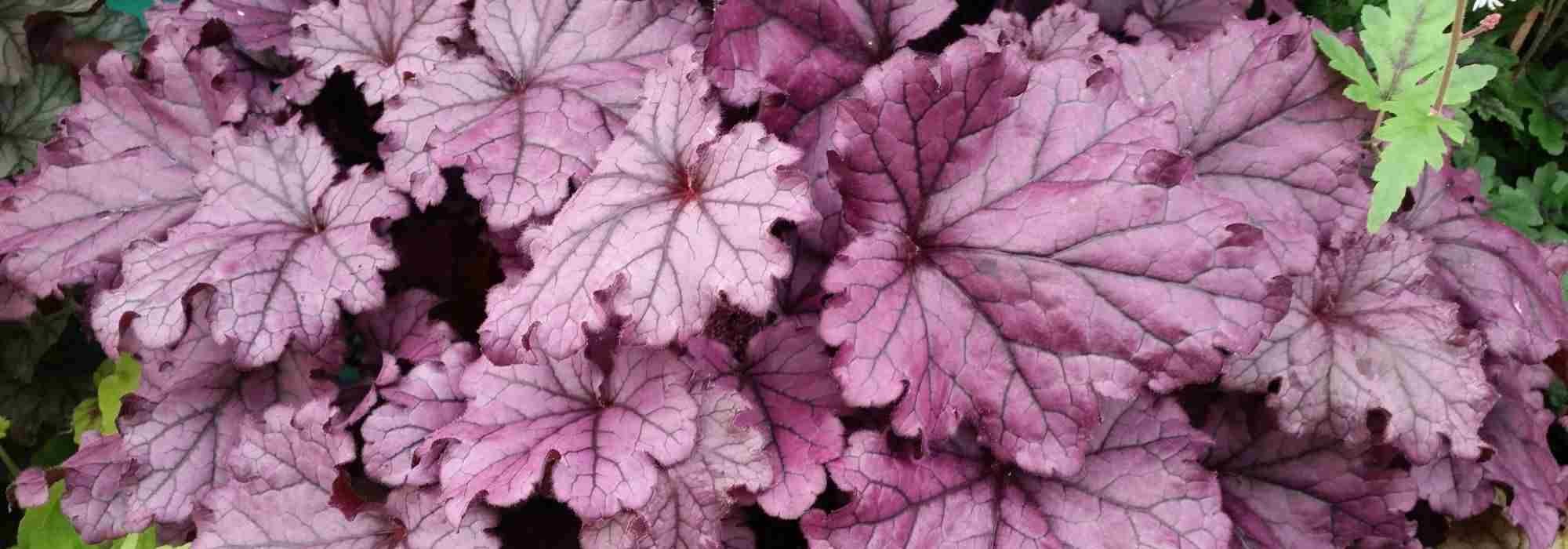
7 Stunning Purple-Leafed Perennials
Create beautiful contrasts and add depth with these dark foliage plants!
Contents
Purple foliage brings real depth to your borders. It also pairs very well with green, yellow, or variegated foliage, and adds rhythm to your plant combinations, creating contrasts that energise your compositions. Dark purple, deep, tinged with violet or appearing almost black, they also highlight their beautiful flowering, some of which can even be delightfully fragrant. In this selection, I present to you 7 purple perennials that you can use as punctuation, to add a touch of originality and welcome graphic interest, both in the garden and in pots.
Purple Wood Spurge
Euphorbia amygdaloides ‘Purpurea’ is an easy and accommodating perennial that delights both experienced gardeners and beginners alike. It forms a compact, upright clump about fifty centimetres in all directions. Its spring foliage is a deep purple, persisting throughout winter while taking on violet hues. This contrasts beautifully with the flowering, which occurs between April and June. The flowers, tiny in size, are borne on plum-coloured stems and surrounded by very decorative acid yellow to green bracts. Hardy down to -15°C and drought-resistant, this spurge is not particular about soil type. It thrives in neutral or calcareous soils, whether moist or drier, heavy or lighter, humus-bearing or poorer, and even grows in soils invaded by roots. Plant it in full sun or partial shade, either in the ground or in a pot.
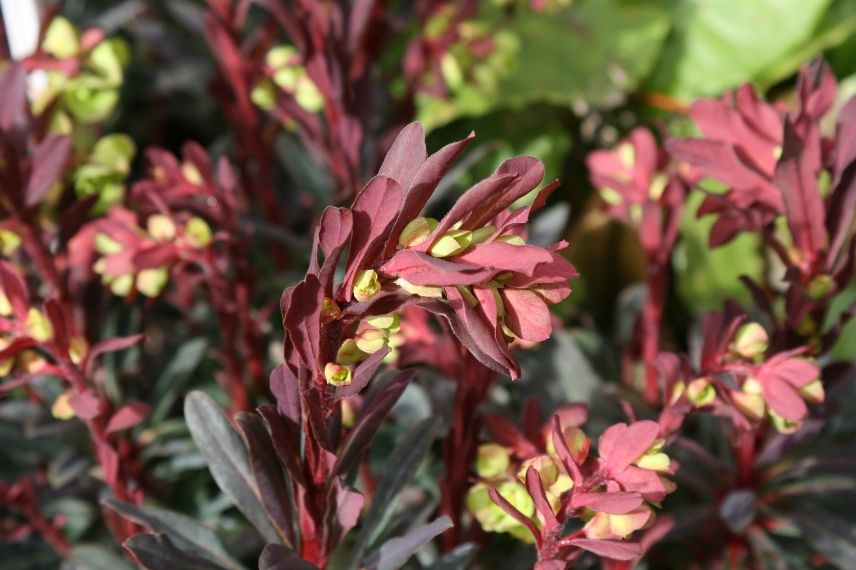
Euphorbia amygdaloides ‘Purpurea’
⇒ Discover our extensive range of Euphorbias!
⇒ Learn all about planting, growing, and maintaining Euphorbias.
Read also
10 perennials with variegated foliageThe hardy geranium ‘Black ‘n White Army’
The Geranium pratense ‘Black ‘n White Army’ is a recent variety that has everything to please. This perennial ground cover delights with its large, deeply lobed aromatic leaves in very dark shades. Dark green to deep purple, sometimes tinged with chocolate, they are semi-evergreen and highlight bright white flowers, whose petals are accented by delicate greyish veins, surrounding a heart of pink stamens. Attracting pollinators, this flowering lasts a long time, from May to August. With a rapid growth rate and hardy down to -15°C, this geranium forms an unusual yet elegant cushion, suitable for borders or pots. It thrives in full sun or partial shade, in neutral to alkaline, rich, cool, and well-drained soil. Ultimately, the plant reaches an average height of 40 cm, with a spread of 45 cm.
⇒ All our species and varieties of hardy geraniums in our online nursery.
⇒ Our tips for planting, growing, and maintaining hardy geraniums.
Discover other Dark foliage perennials
View all →Available in 0 sizes
Available in 1 sizes
Available in 1 sizes
Available in 1 sizes
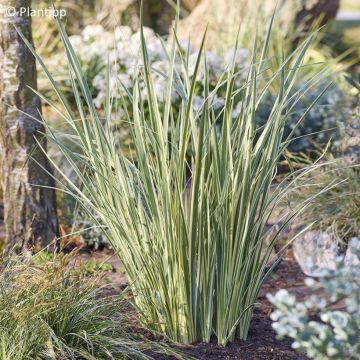
Available in 1 sizes
Available in 1 sizes
Available in 1 sizes
Available in 1 sizes
Available in 2 sizes
Available in 1 sizes
Persicaria 'Red Dragon'
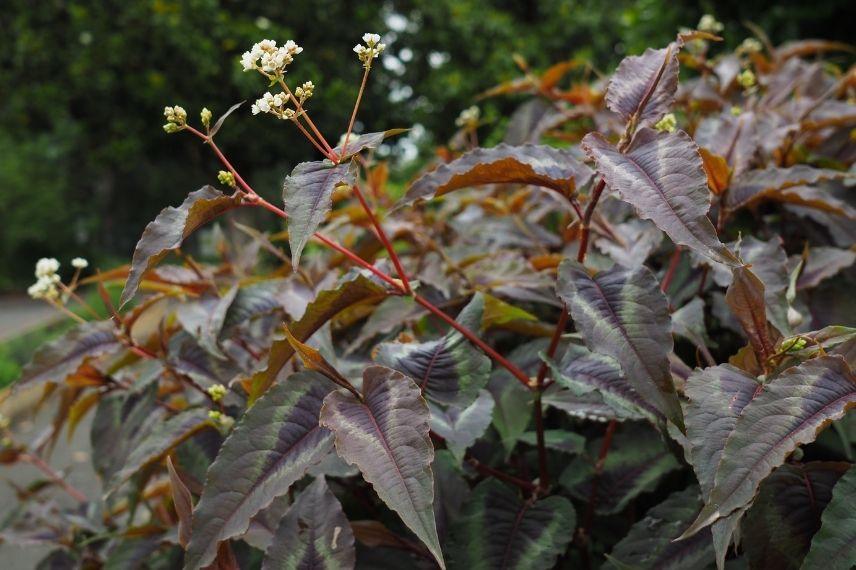
Persicaria microcephala ‘Red Dragon’
Unlike many of its relatives, Persicaria microcephala ‘Red Dragon’ is not grown for the abundance of its flowering. However, it deserves a prominent place in borders due to its decorative foliage for many months. From spring, it emerges from the ground, supported by thick, fleshy stems with red hues. The lanceolate leaves display a deep purple with a base that forms an elongated heart even darker, edged with a silver ‘V’ margin. Later in the season, the colours gradually green, especially in sunny positions, before the foliage disappears with the cold. The flowering, which begins in summer and can last until the first frosts, consists of tiny white flowers that provide a stunning contrast. This easy-to-grow perennial forms an upright then spreading clump that can easily reach 80 cm to 1 m in height and 1.5 m in spread. It enjoys sunny to partially shaded situations, in rich, cool to moist soil, and it thrives in heavy ground. Nevertheless, it withstands drought quite well. Hardy, it self-seeds readily without being invasive.
⇒ Different varieties of Persicaria are available online on our site.
⇒ Planting, growing, and maintaining Persicaria: all the tips in our dedicated sheet.
Sedum ‘Purple Emperor’
Among the Sedum (also known as Hylotelephium in botany), Sedum ‘Purple Emperor’ is a very beautiful autumn-flowering variety. Its stems, along with its deciduous, ovate, and slightly dentate leaves, are thick and fleshy. Their very dark purple hue is enhanced with violet highlights, giving this perennial a striking presence. From late summer, extending until the first frosts, large flattened inflorescences crown the foliage. Rose-red in bud, the flowers open to shades of old pink, fading as they reach ripeness. The combination with the foliage is particularly attractive. Even when faded, this succulent remains decorative for part of the winter. Growing quite slowly, this sedum forms a compact clump 50 cm high and 40 cm wide. Provide it with any ordinary, well-drained soil, even dry, calcareous, and shallow. Quite hardy (-15°C and below), it thrives in warm, sunny locations, where its colours are most pronounced.
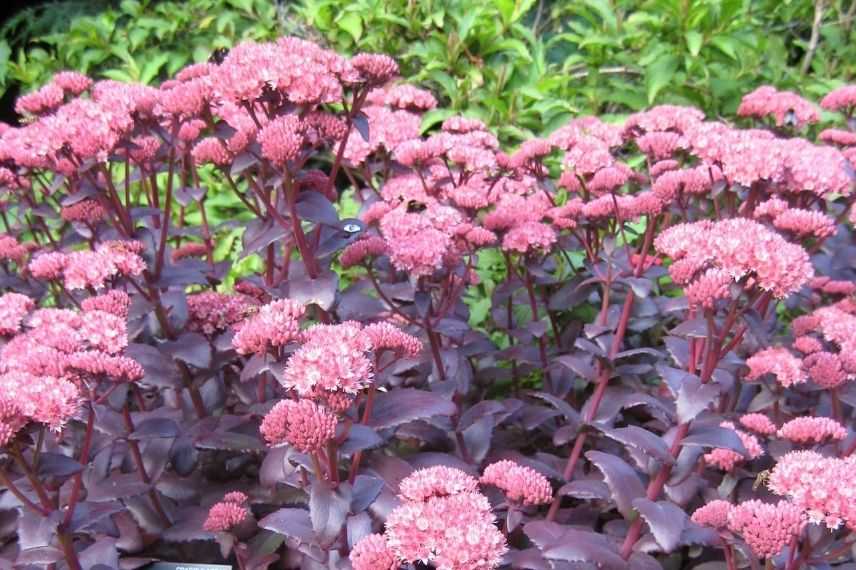
Sedum ‘Purple Emperor’
⇒ A large selection of Sedums awaits you on our site.
⇒ Discover how to plant, prune, and care for Sedums.
Penstemon ‘Dark Towers’
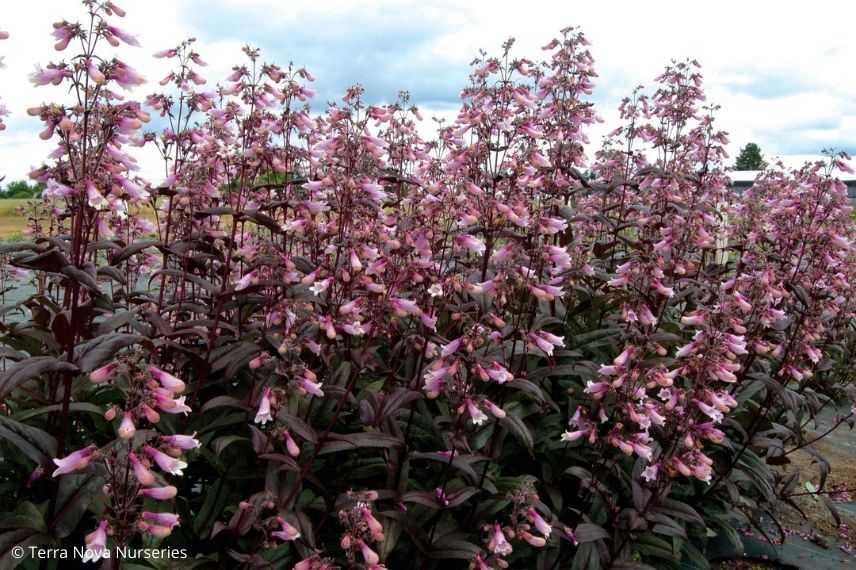
Penstemon digitalis ‘Dark Towers’
The Penstemon digitalis ‘Dark Towers’ is a large and beautiful perennial with summer flowering. The foliage, semi-evergreen, forms a rosette of leaves with a green tinged with purple on the upper side, and a wine-red underside. In spring, burgundy stems emerge from the foliage, adorned in June and July with tubular flowers in various shades of pink. When mature, the plant reaches about 80 cm in height with a spread of around 50 cm, providing a lovely vertical punctuation in borders. This variety, among the hardiest of the genus (-30°C), is easy to grow. It is particularly sensitive to stagnant moisture in winter. Therefore, it is essential to plant it in perfectly drained, rather light and rich soil, even slightly alkaline. Reserve a spot in full sun or partial shade. It can also be grown in pots to enjoy on a terrace or balcony.
⇒ Discover other varieties of Penstemons in our range.
⇒ Learn all about planting, growing, and maintaining Penstemons!
Lysimachia 'Fire Cracker'
Lysimachia ciliata ‘Fire Cracker’ is one of those hardy perennials with a strong character. With powerful rhizomatous roots, it grows confidently and spreads easily, forming generous clumps up to 1 metre tall if conditions are favourable. The young foliage, lanceolate and pubescent, emerges in purplish tones, then greens in summer while retaining pronounced violet highlights, accented by green veins on the underside. It is also at this time that the plant blooms with star-shaped flowers on pendulous stems, held above the upper foliage. Very bright, they are a vivid yellow, with bases reflecting the purplish tones of the leaves. Very hardy, its foliage does disappear in winter. It thrives in cool to moist soils, slightly acidic to mildly calcareous, and is unfazed by heavy clay soils. Due to its strong tendency to sucker, it is wise to choose its location carefully, or to grow it in a pot, where it is easy to manage. A sunny spot suits it well, as does partial shade, for example at the base of trees, as it can tolerate their competition.
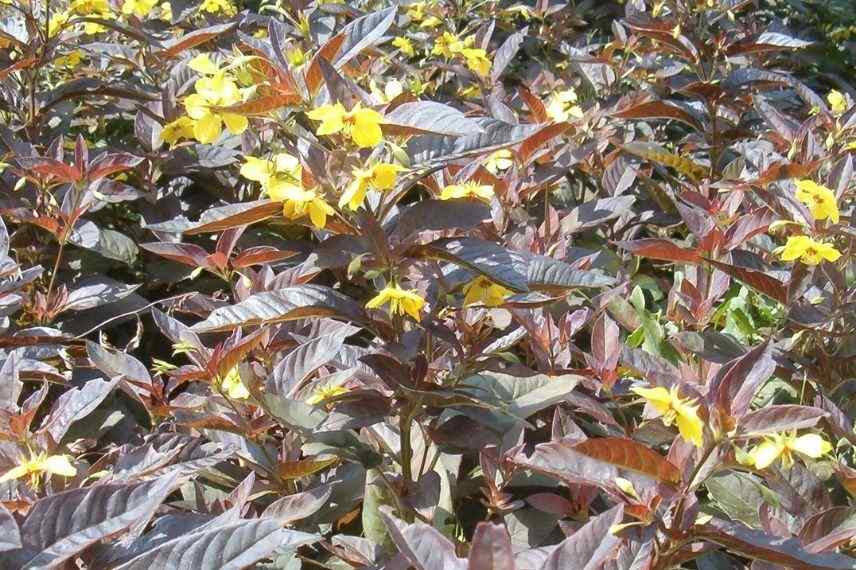
Lysimachia ciliata ‘Fire Cracker’
⇒ We offer several other varieties of loosestrife in our nursery.
⇒ Find the best practices for planting, growing, and propagating loosestrife in our guide.
Silver Candle 'James Compton'
Cimicifuga simplex ‘James Compton’ (syn. Actaea simplex ‘James Compton’) is a perennial that stands out in borders. Green as it develops in spring, its foliage is deciduous, highly dissected, gradually taking on a purplish hue that can even appear almost black depending on the light. The depth of its colour intensifies further when, in late summer and early autumn, tall floral spikes emerge, like a firework display, above the foliage. Upright or with a more relaxed habit, they end in long spikes, made up of a multitude of small star-shaped flowers with a vanilla scent. This perennial reaches impressive dimensions and forms a generous clump (90cm x 50cm). Cold-resistant (down to -20°C), it prefers a bright but not overly warm exposure, with partial shade being its favourite. A good level of moisture at its base is necessary, and it accepts growing in any neutral to acidic soil, even heavy and clayey, as long as its roots have room to develop deeply. It is not afraid of root competition, but it is wise to protect it from strong winds.
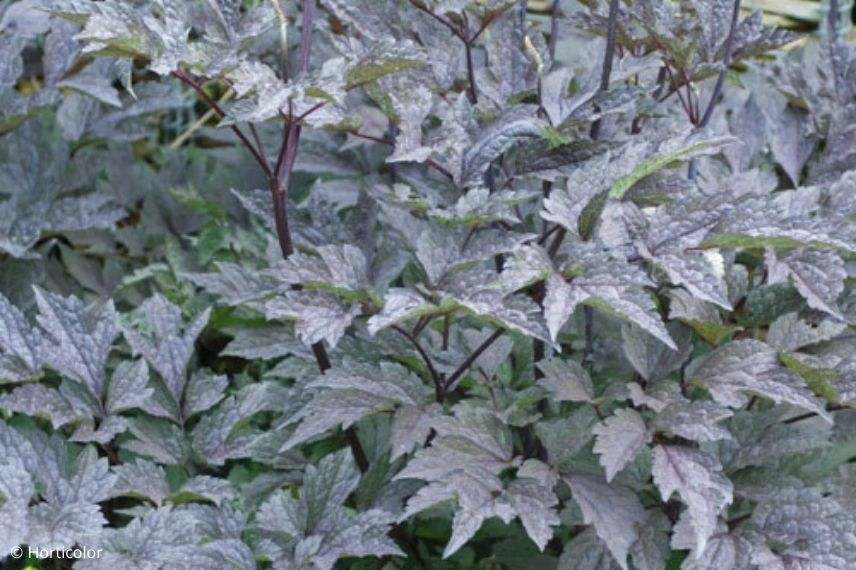
Cimicifuga simplex ‘James Compton’
⇒ Discover other varieties of Cimicifuga on our site.
⇒ Planting, growing, and caring for Cimicifugas, we tell you everything!
- Subscribe!
- Contents
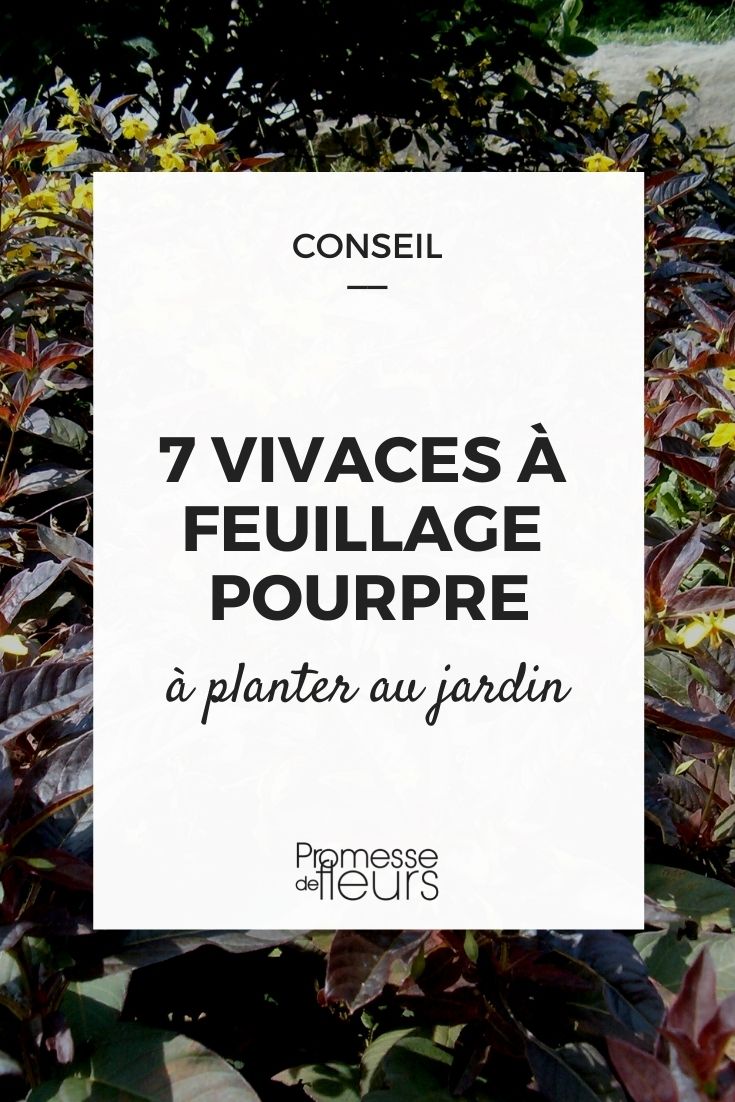
































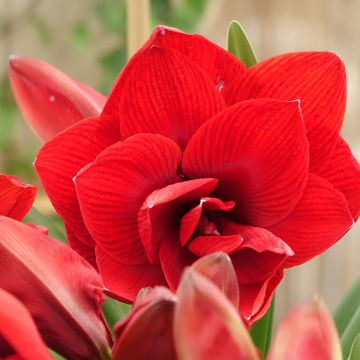


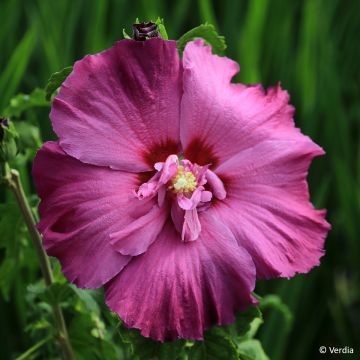
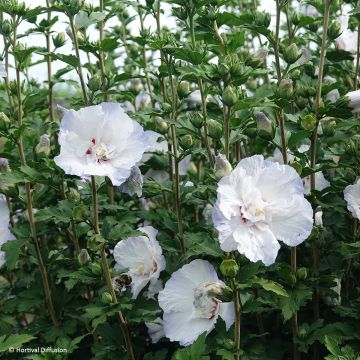
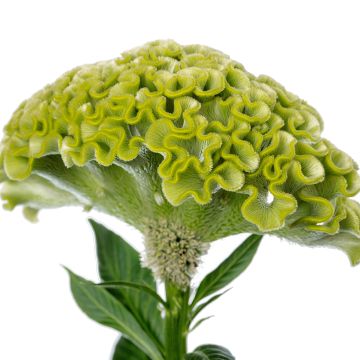
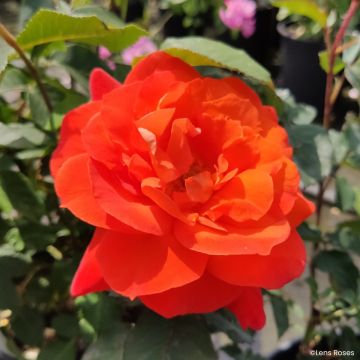
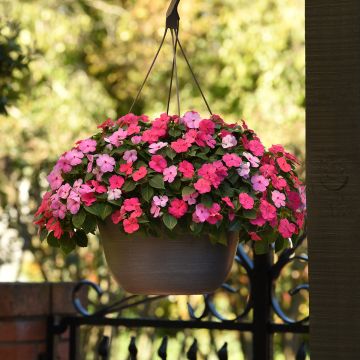
Comments